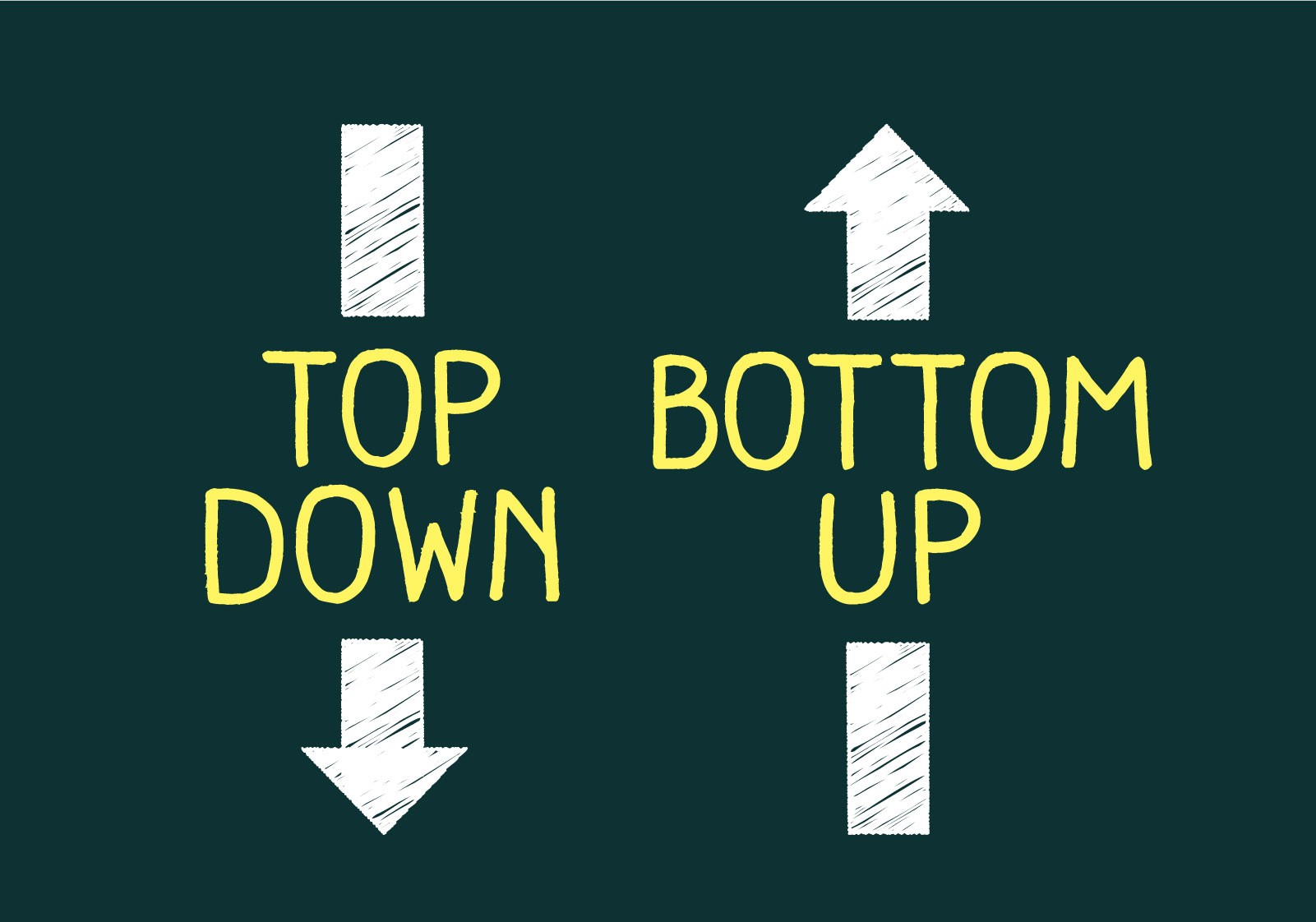The Difference Between Investment Yield and Return

The world of investment is full of terms that you might not completely understand. Two of the most popular investment terminologies are yield and return. Although both words are used interchangeably, there is a considerable difference between the two. Both yield and return define or measure the performance or income potential of a specific investment. Most prominently, these terms are referred to in the context of fixed income market tools such as bonds. Despite the common usage of both terms, most investors may not understand the variance between these terminologies, causing them to make wrong decisions.
Here’s what you need to know about yield, return, and their consequent differences:
What is the yield?
Yield is a simple term that defines the income generated or realized by a specific investment over a fixed tenure. This is separate from the principal. The yield on an investment is expressed as a percentage. This is calculated based on the original sum invested or the face value of the investment. Yield also factors in the current market value or the liquidity potential of the specific investment.
Most commonly, the term yield reflects interest payments on a bond or dividend receipts on a stock. This is exclusive of any capital gains. The yield is known or anticipated of the security in question, as some investments might experience variations in value. It is forward-looking in nature. The yield is calculated by ascertaining income from an investment in a specific period and then annualizing it assuming dividends or interest will accrue at the same rate.
Yield on bondsA yield is the income generated from a bond. So, for example, you purchase a bond with a face value of $1,000 with a maturity period of one year and a semi-annual coupon of $10. After one year, the bond yields $20 or 2%. This is known as the cost yield since it concerns the actual price/value/cost of the bond.
However, if you buy a bond on the secondary market, you either pay less or more than the face value of the security. For example, suppose, you pay $900 for the same bond, which gives you a yield of 2.2% with a semi-annual coupon of $10. This is known as the current yield since it varies with the market value of the bond.
Yield on stocksYield is also commonly used in connection to stocks. For example, you invest $5,000 in 100 shares of a company, each with a price of $50. The quarterly dividend is 50 cents per share. So, in a year, you earn $200 (50 cents *4 quarters * 100 shares) as dividend income from the stock investment. In this case, the yield is 4%. ($200/$5,000 *100).
What is the return?
Return is the monetary gain or loss due to the performance of an investment over a specific period. Investment returns or total returns earned by an investor is the change in the dollar value of the security. Returns are inclusive of interest, dividends, change in the price of shares, as well as any capital gain, which is expressed as a financial loss or gain over a fixed tenure.
When analyzing the viability or potential of an investment, returns offer insight into the past performance of the investment. So typically, a return is retrospective or backward-looking in nature, and is very helpful in determining if the particular investment has been profitable in the past.
Return on stocksReturn on stocks is calculated by including both appreciation and income. For example, you buy 100 shares worth $50 each from a company, for a total sum = $5,000. These offer a quarterly dividend of 50 cents per share. So, in a year you earn $200 as dividend income. However, by the end of the year, the price of the share rises to $55. In this case, your total return is the dividend plus the increase in the price of a share, which is $700 (($2 + $5) *100). Thus, the same investment that has a yield of 4% offers you a total return of 14% ($700/$5,000 *100).
What is the difference between yield and return?
Overall, the yield is the income from an investment. But the concept of return is broader as it includes income, as well as the appreciation of an investment over a fixed tenure. While yield is applicable in reference to dividends and interest-bearing securities, the concept of total returns applies to nearly all types of investments. However, some securities like mutual funds, stocks, and bonds, have both yield and return on their investment.
Yield vs. Return
You can use four fundamental parameters to differentiate between yield and return. These include:
- Period
- Reference of value
- Change in value
- Risk
The most important differentiator between yield and return is the period of reference. Both return and yield are expressed in relation to a specific period either in the past or the future. Return on investment is backward-looking. It reflects the past performance of the market security and reports the earnings of an investor during a particular time frame. Total returns are inclusive of interest, capital gains, share price fluctuation, and dividends. However, in the case of yield, the expression is forward-looking. The yield represents the potential income earning capacity of a specific investment over a fixed tenure. Yield is inclusive of the earnings but excludes the capital gain, both short and long-term.
Both returns and yield are expressed differently. Returns are in the form of a definite dollar amount earned over a particular period. By definition, a return is the dollar amount earned on the investment in the past. However, the yield is expressed in the form of a percentage and as an annualized number.
Yield only accounts for investment earnings and does not measure the change in the value of the security concerned. However, total returns are specifically expressed as a change in the value of the investment and take a more holistic approach.
Yield expresses a component of risk. Generally, the riskier the security in question, the greater the projection of the yield. Alternatively, returns provide insight into the past performance of the investment, apprising you of what you potentially stand to gain or lose on that investment. Hence, there is no element of risk.
How can you use yield and return together?
You can use yield and return together to assess the overall performance of an investment. For example, in the investment situation above, suppose your shares lose their value by the end of the year. The 100 shares are now worth $45 each. In this case, the return on the security is negative, and you could lose $300 or 6%. However, the yield is the same at 2%. So, you still receive $200 as dividend income on the share investments. By using these two concepts together, you can make wiser investment decisions. Total returns can help you assess the broad performance of the entire portfolio and evaluate if certain underperforming assets should be sold or reinvested. That said, yield-based decisions prevent you from selling your securities at a loss.
To sum it up
Even though both concepts are correlated, each serves an individual purpose in creating a balanced portfolio, minimizing risks, and maximizing profits. If you are still confused by these concepts or need help in understanding the market better, trust professional financial advisors to be your guide and to enable you to make the right investment decisions.







.jpg)












.jpg)






.jpg)


.jpg)


.jpg)














.jpg)



.jpg)






.jpg)

.jpg)







.jpg)

.jpg)






.jpg)




.jpg)
.jpg)

.jpg)



.jpg)





.jpg)
.png)
.jpg)


.jpg)


.jpg)





.jpg)

.jpg)


.jpg)
.jpg)
.jpg)
.jpg)
.jpg)

.jpg)



.jpg)




.jpg)
.jpg)


.jpg)
.jpg)
.jpg)
.jpg)
.jpg)

.jpg)




.jpg)
.jpg)


.jpg)
.jpg)
.jpg)
.jpg)

.jpg)

.jpg)













.jpg)


.jpg)


.jpg)




.jpg)











.jpg)



